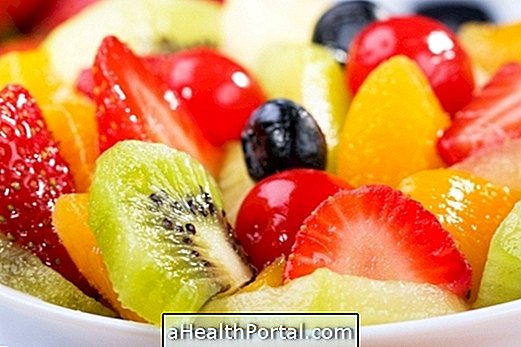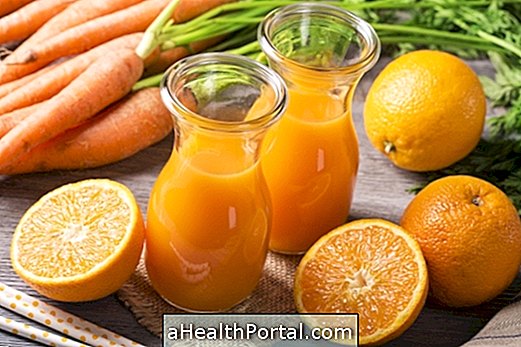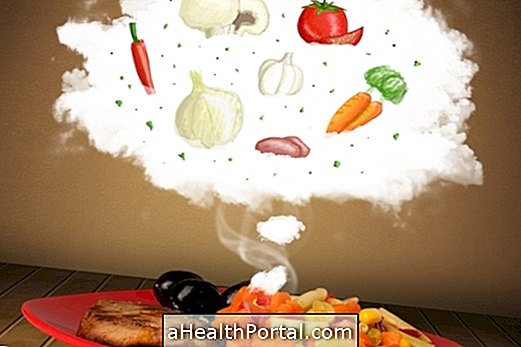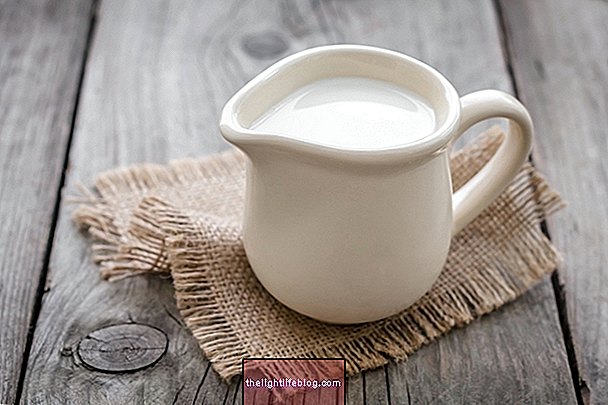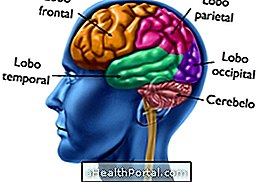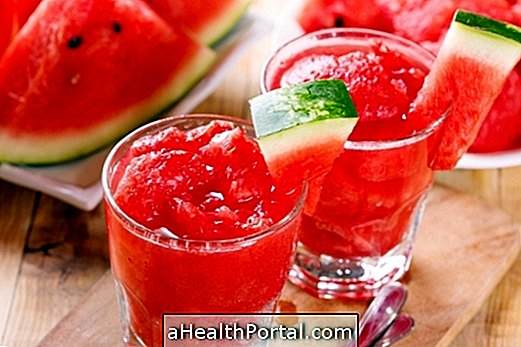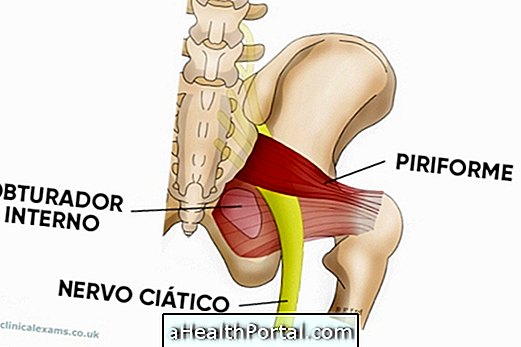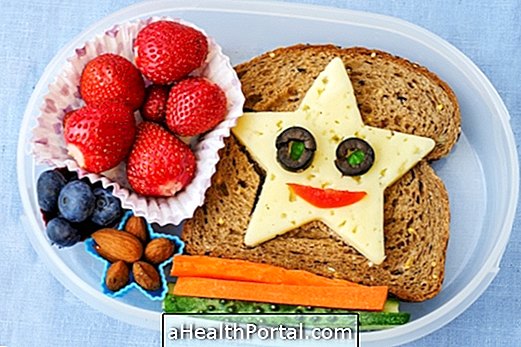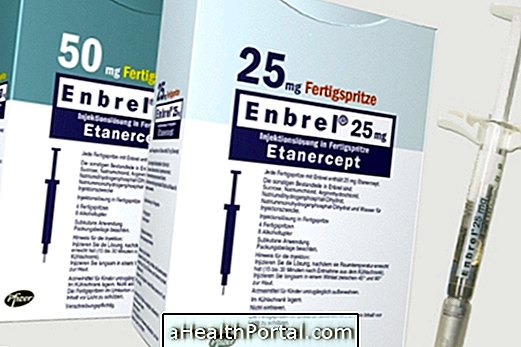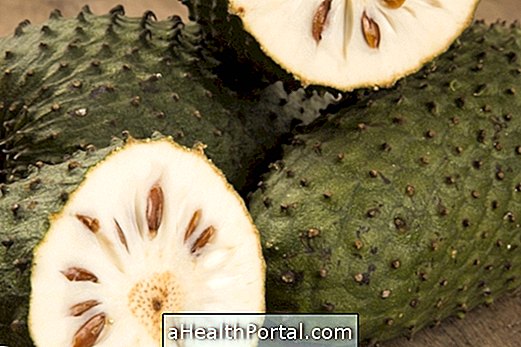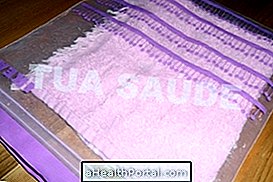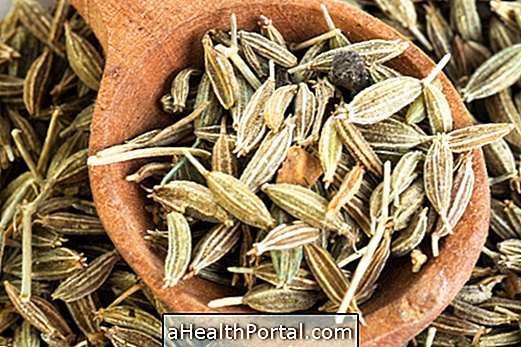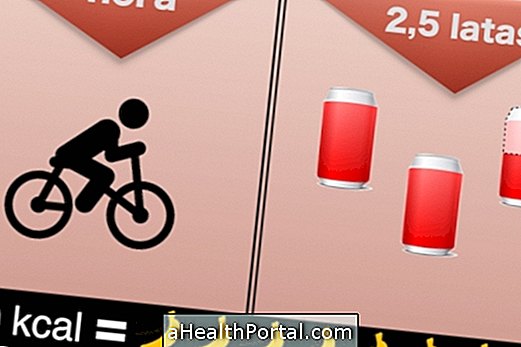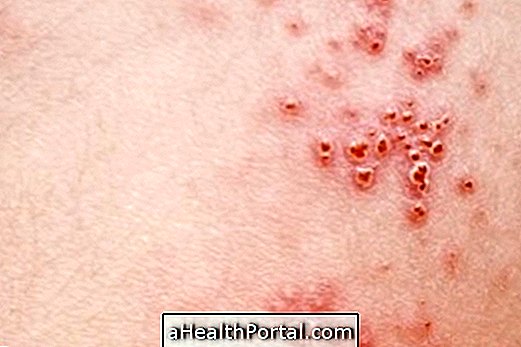Niacin, also known as vitamin B3, is present in foods such as meats, chicken, fish, peanuts, green vegetables and tomato extract, and is also added in products such as wheat flour and cornmeal.
This vitamin acts in the body performing functions like improving blood circulation, relieving migraine and improving diabetes control, and can also be used in the form of supplements to help control high cholesterol. See more functions here.
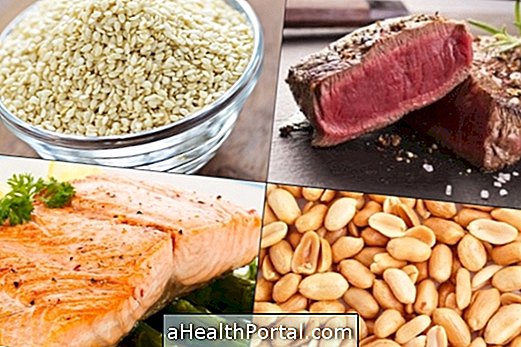
Amount of Niacin in food
The following table shows the amount of niacin contained in each 100 g of food.
| Food (100 g) | Amount of Niacin | Energy |
| Grilled liver | 11.92 mg | 225 kcal |
| Peanut | 10.18 mg | 544 kcal |
| Cooked chicken | 7.6 mg | 163 kcal |
| Canned tuna | 3.17 mg | 166 kcal |
| Sesame Seed | 5.92 mg | 584 kcal |
| Boiled Salmon | 5.35 mg | 229 kcal |
Tomato extract | 2.42 mg | 61 kcal |
In addition, it is also important to increase the consumption of tryptophan, an amino acid that increases the activity of niacin in the body and is present in cheese, eggs and peanuts, for example. See the full list of tryptophan-rich foods.
The lack of this vitamin can cause problems such as pellagra, a skin disease that can cause irritation, diarrhea and dementia, so see the symptoms of lack of niacin.


